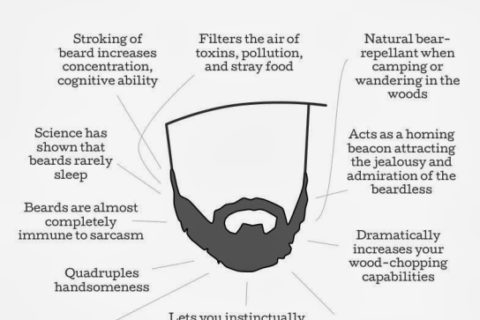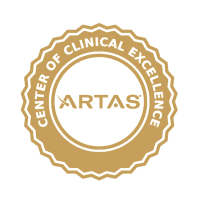EXPLORING POPULAR HAIR TRANSPLANT METHODS
Hair loss can be extremely difficult to deal with, but help is available. In fact, if you’ve ever seen a hair loss doctor, then you know there are many different treatments available. With so many options for hair restoration, how do you know which is the best method for you? Here is a look at some of the most popular options for hair restoration and what to expect from each.
Medical Treatments
There are two FDA-approved drugs for hair loss: minoxidil and finasteride. These medications are designed to treat pattern baldness – baldness caused by genetics. Minoxidil comes as a topical solution and is rubbed directly on the scalp, while finasteride is taken orally. Although these medications may slow hair loss, they do not generate new hair growth. There also may be side effects associated with treatment, including sexual side effects affecting up to 1 in 100 people with the pill. With both treatments, they must be used indefinitely or the results will be reversed.
Laser Therapy
Low Level Laser (LLL) therapy is FDA cleared for maintenance of existing hairs without the potential pharmaceutical side effects from the pills and topical preparations. There is a wide range of laser therapies, however the best in class is the Capillus272Pro with 272 laser diodes (much more than any other product). This prescription device needs to be obtained through a doctor’s office. In addition to helping maintain existing hairs, LLL speeds up new growth after ARTAS Robotic Hair Restoration.
Traditional Hair Transplant
Traditional hair transplant procedures involve removing a strip of scalp with good hair growth from the back of the head and transplanting it to an area with little to no hair. Once the strip is removed, it must be divided into hundreds – or thousands – of small grafts before it is transplanted into a series of small slits created with a scalpel. The recovery is extended, and long term pain and numbness is not unusual. Although new hair does grow for most people, they are unable to wear their hair short so as to cover the scar at the donor site. Manual (not-robotic) follicular unit extraction lacks the precision of the robotic procedure and in addition, utilizes a sharp punch which puts follicles at risk.
Robotic Hair Transplant
Hair transplant using the ARTAS robotic system works under the same premise as traditional hair transplant, but is more precise. Because the system can harvest small hairs, there is no linear scar after the procedure. It is also approximately 25 percent faster than traditional hair transplants. Another large advantage over manual extraction is how the robot only scores the skin with a sharp mechanism, then it burrows down with a dull dissector so nothing sharp makes contact with the fragile follicles.
At Robotic Hair Restoration Center of Beverly Hills, our center offers extremely competitive pricing for the ARTAS procedure, starting at $6 per graft.



